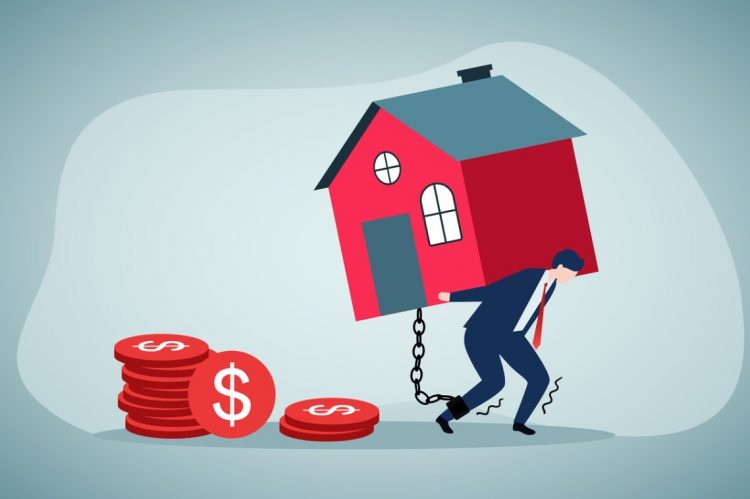In 2022, 42 million households in the United States were cost-burdened, paying one-third of their income toward housing—a statistic that increased substantially due to the impacts of the COVID pandemic, rising to the highest level since 2015, according to Harvard’s Joint Center for Housing Studies (JCHS).
The number of cost-burdened households rose by 4.9 million since 2019—prior to the start of the pandemic—and 1.5 million from 2021. Renters and homeowners alike are being impacted due to a climbing spike in home prices.
Cost-burdened renters rose to 22.4 million in 2022, up 800,000 from 2021, and 2 million from 2019. According to Harvard’s JCHS, roughly 80% of this increase comes from households that were contributing over 50% of their income relative to housing.
Renters impacted consistently by financial constraints were typically low-income, or Black, brown and multiracial, at over 50%, compared to that of a white household, which was 45%.
One-third of Black renters were severely cost-burdened as a result of racial discrimination in the housing market, education system and overall job pool.
American Indian and Alaskan Native (AIAN) renters experienced the lowest cost burdens, despite facing various pressing challenges like overcrowding and higher expenses for groceries and goods.
Additionally, cost-burdened homeowners also increased, reaching 19.7 million households total. This is a change of 700,000 since 2021, and 3 million since 2019—the highest rate since 2012.
Homeowners across various income levels throughout the U.S. were impacted by new cost-burdened rates, though low-income households were hit the hardest. For homeowners earning $30,000 or less, cost burdens climbed by 4.2 percentage points to 72% in 2022.
- Over 80% of renters earning under $30,000 were cost burdened—many severely.
- Middle-class, average-income renters, fell victim to cost-burden rates rising 5.4 percentage points. Forty-one percent of these households were cost-burdened.
- Homeowners earning $30,000 – $44,999 increased 2 percentage points.
- Homeowners earning $45,000 – $74,999 increased 1 percentage point.
Overall, affordability for renters and homeowners has drastically changed, although it has impacted certain groups more harshly than others. Due to rising housing prices, many households—aside from high-earners—are similarly impacted.
To view the full report, click here.












